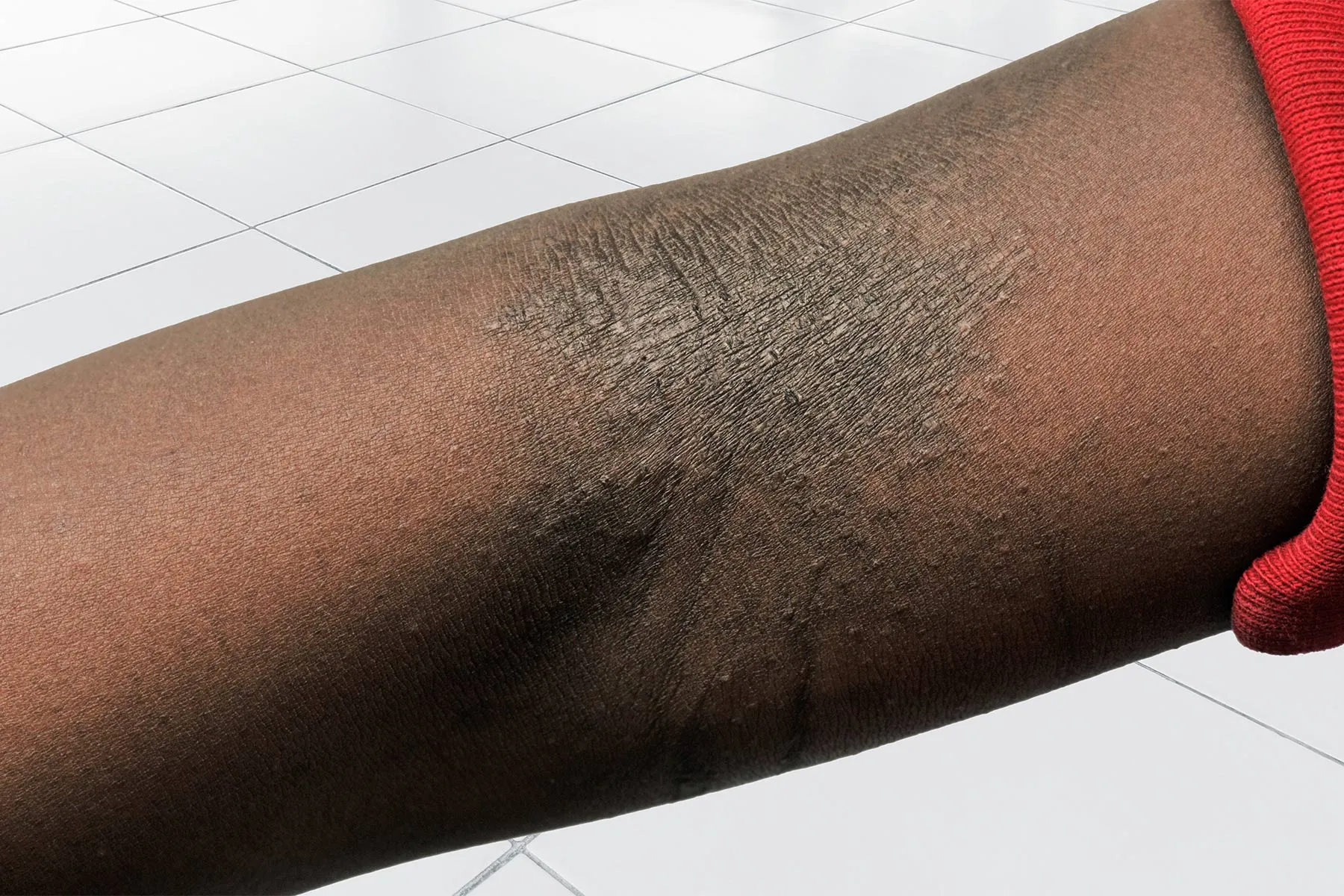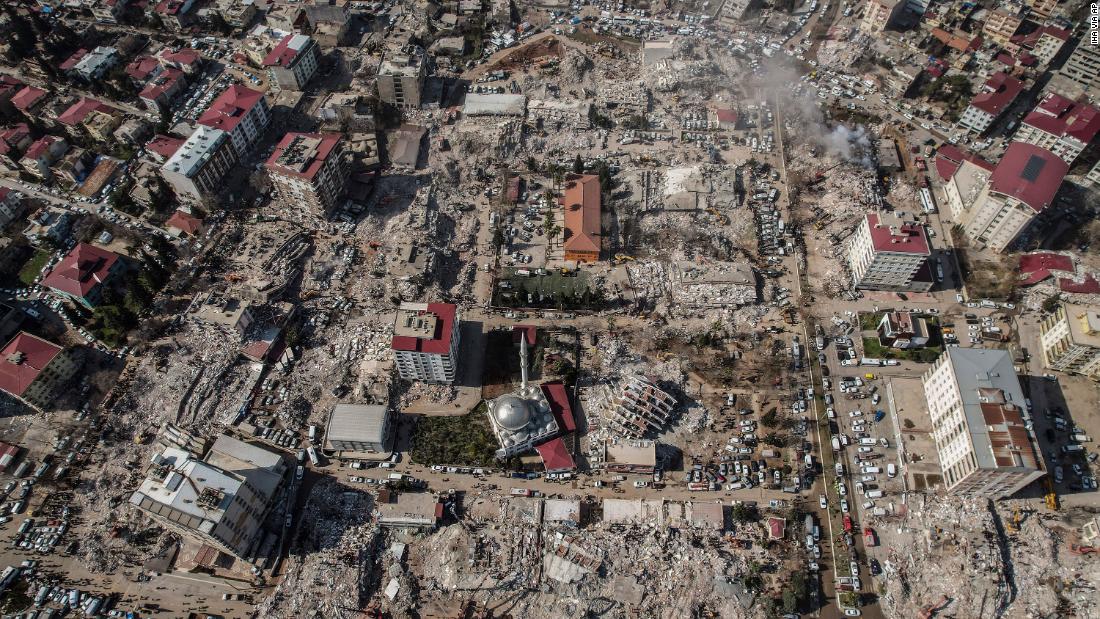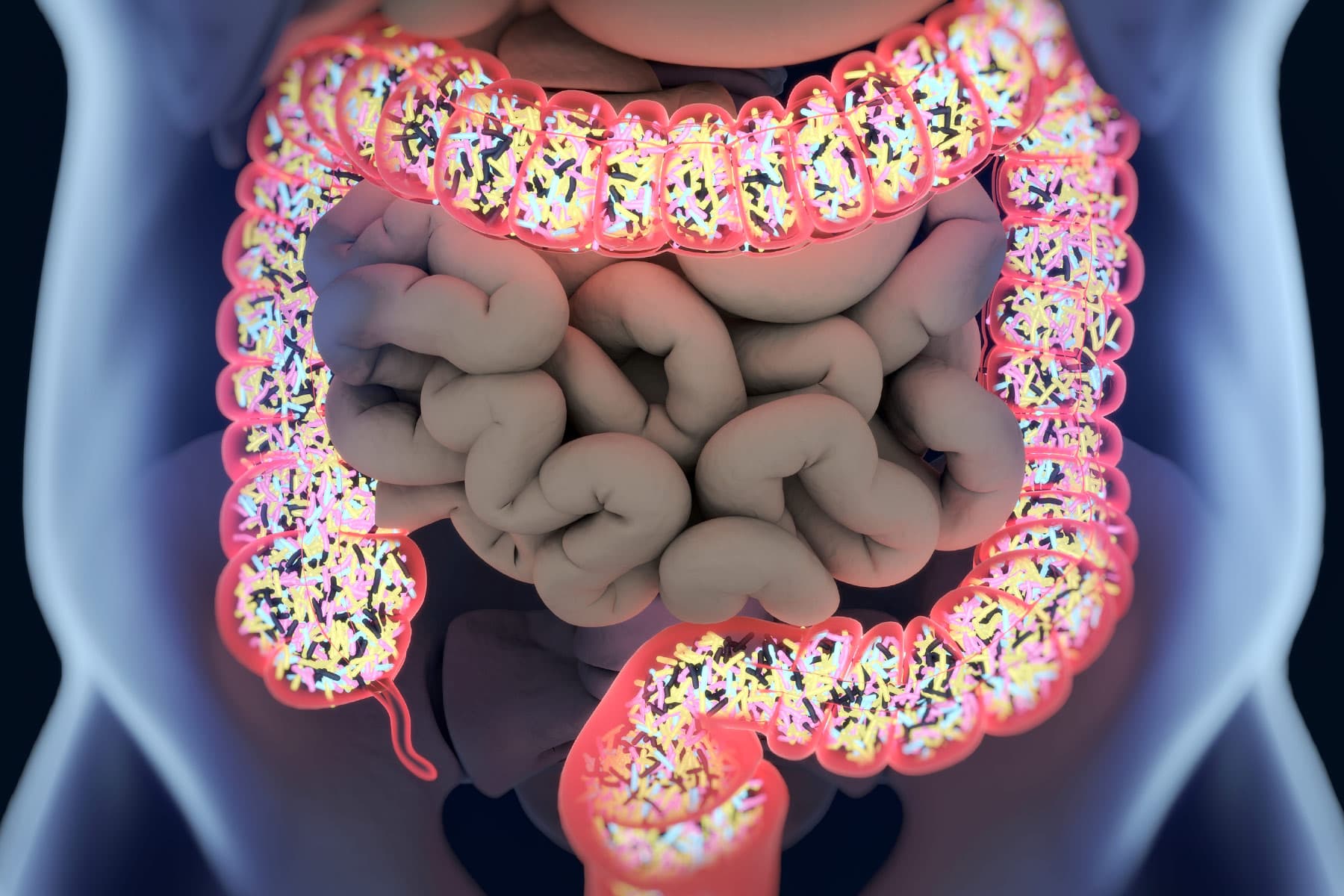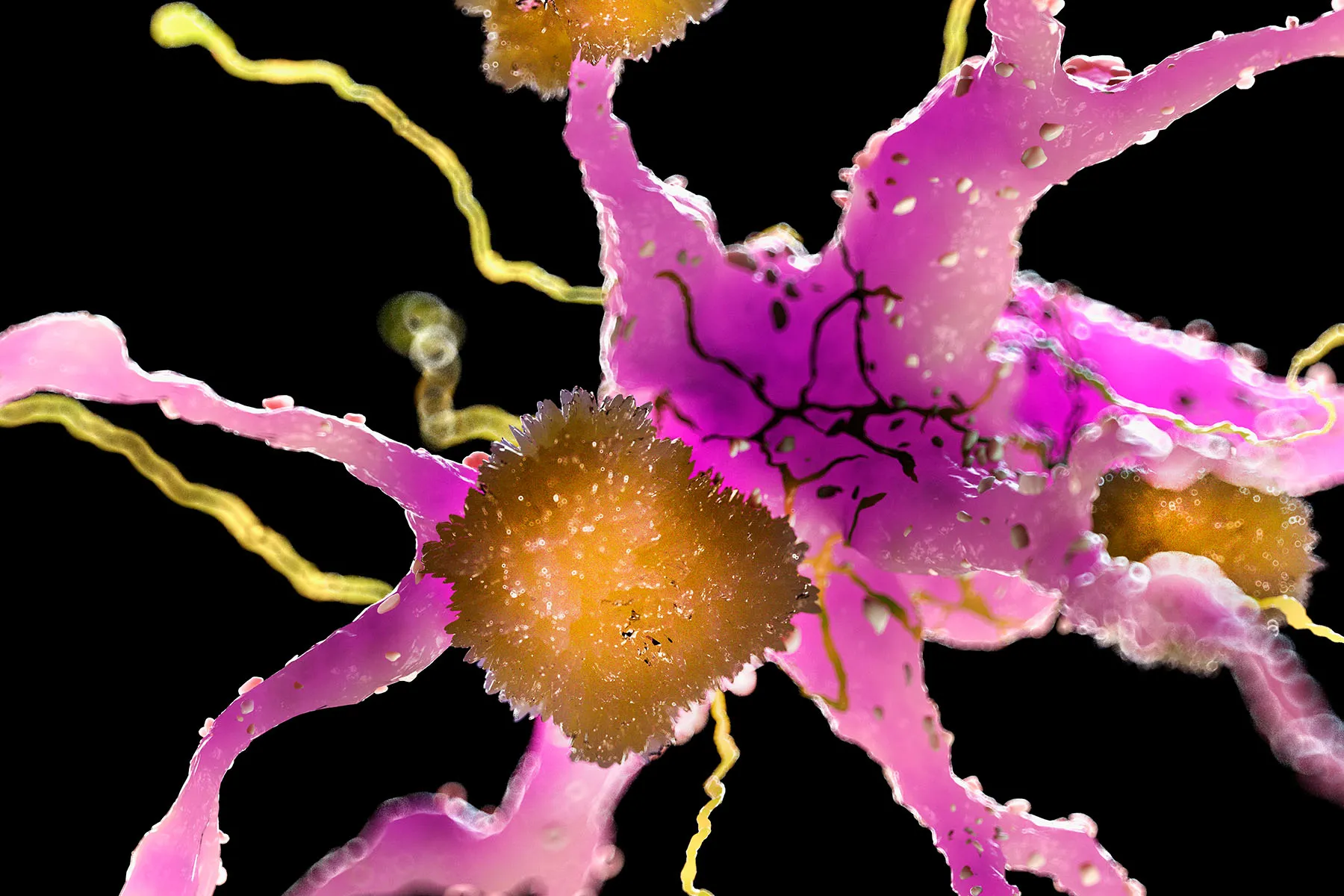The Danger of a Return to Crime Alarmism
The mistaken belief that crime in general is up will fuel public support for policies of the past that filled the prisons, worsened economic and racial inequalities, and did little to reduce crime, warn four of the nation’s leading criminologists.


Photo by DanGutierrez via Flickr
The homicide increase has received widespread attention. The decline in other serious crimes has not.
The FBI’s recent release of the nation’s crime data showed a 27 percent rise in the murder rate in 2020 over 2019 and an 8 percent drop in robberies and property crimes. But the National Crime Victimization Survey, prepared by the Bureau of Justice Statistics, which is based on interviews with persons age 12 and older from a representative sample of US households and thus does not include murder, revealed a drop in nonfatal violent crimes.
To be clear, the recent increase in homicides is troubling. It warrants a thoughtful and energetic response, including deployment of carefully focused law enforcement resources and community-based antiviolence programs.
The watchword is focus.

James Austin
We face a homicide increase, not an across-the-board crime increase.
Homicide is the most serious criminal offense; fortunately, it is also the rarest. Moreover, there is growing evidence that in cities where the homicide rate turned markedly up, the increase has slowed.
Yet the erroneous belief that crime in general is up will fuel public support for policies of the past that filled the prisons, worsened economic and racial inequalities, and did little to reduce crime.
Déjà Vu All Over Again
Those of us who study trends in crime experience the current alarm about spiking crime rates with a grim sense of déjà vu.

Todd Clear
In the 1980s, similarly alarming portrayals of crime dominated the media and political agenda. “Tough-on-crime” became a bipartisan essential of almost every politician’s platform, no matter the office or its criminal justice responsibilities.
In a welcome shift, leaders in both political parties now devote significant attention to rectifying the legacy of excesses that era of tough-on-crime policy gave us: militarized policing, inconsistent and biased drug policies, and an imprisonment rate that made the U.S. an extreme outlier among nations, to name three.
This consensus represents a growing awareness that the social price of excessively harsh punishment policy is, as even some of its former supporters have come to learn, steep indeed.
It also comes from research showing the questionable contributions such approaches have made to public safety.
Research has shown that imprisonment rates have, at best, modest effects on crime rates. We recently studied the 50-year trend in crime rates nationally and in selected states, looking at the factors that predict changes in crime rates.

Richard Rosenfeld
We found that imprisonment rates have little or nothing to do with trends in either overall crime or violent crime in particular. We found, moreover, that the factors that are strongly related to crime rates can be expected to continue to produce the generally declining trend that has benefited the country for thirty years.
But the convergence between the way crime is being talked about now and what happened a generation ago threatens to impede or reverse the movement in policy and practice for reforming our criminal justice system.
Blame is again being placed on a “lax” justice system. Then it was supposedly lenient judges and parole boards; today it is soft prosecutors, bail reform that frees violent criminals, and police who’ve lost their motivation because liberals want to “defund” them.
The impacts of deepening inequality, of racial disadvantage stubbornly embedded in our institutions, and of growth in the already astounding number of privately owned firearms—the instruments of easy killing—get less mention.
Reality Check
The fact that the story being told about crime does not match reality is another unnerving similarity.
By the middle of the 1990s, it was apparent to those attuned to the facts of crime that the U.S. was in a marked crime decline, despite continuing claims to the contrary by many politicians.

Joel Wallman
Yet the rate at which we imprisoned people continued its steep climb for nearly fifteen years into this period of steadily decreasing crime. The conflicting trends in crime and imprisonment are a dramatic example of a mismatch between policy and the problem it is intended to ameliorate.
If there is anything we have learned from the get-tough era of the 1980s and 1990s, it is that mass incarceration has little public-safety payoff but devastating social consequences that are hard to undo.
Let’s not be fooled by the crime spike myth. A focused, evidence-based, and humane crime policy is not incompatible with public safety. Militarized policing, mass incarceration, and misinformed beliefs about crime are.
James Austin is President of the JFA Institute for Research on Justice and Corrections. Todd Clear is past president of the American Society of Criminology and the Academy of Criminal Justice Sciences, and Distinguished University Professor at Rutgers University. Richard Rosenfeld is Curators’ Distinguished Professor Emeritus of Criminology and Criminal Justice at the University of Missouri-St. Louis, and past president of the American Society of Criminology. Joel Wallman is Director of Research at the Harry Frank Guggenheim Foundation.

 Landwebs
Landwebs 





















